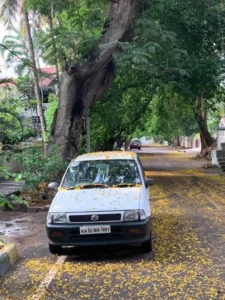From Dr Hamid Hussain
This is part of a series of my work on Jewish-Muslim relations encompassing a wide canvas of similarities in scripture, rituals, Arabic & Hebrew language, mysticism, literature, coexistence in historical context and conflict in recent times. It has been a fascinating journey tracing the sibling rivalry of Isac and Ishmael.
Hamid
Jewish Muslim Relations – Sacred Texts – The Torah and the Quran
“Lighthouses don’t go running all over an island looking for boats to save; they just stand there shining.”
Anne Lamott
The Tanakh (Hebrew Bible) and the Quran are two sacred texts considered revelation from God by Judaism and Islam respectively. Both sacred texts are considered foundational stones of faith. Tanakh is acronym for Torah (five books of Moses called Khumash in Hebrew), Navi’im (Prophets) and Ketuvim (Writings). The Torah is called sefer (book) and the Quran um al kitab (mother of books). Both texts share several commonalities in terms of themes, narratives, and ethical teachings and are at the same time quite different. One can pick any side depending on what one is trying to convey. In the inter-faith interactions, participants stress commonalities sometimes exaggerating the similarities or trying to find common ground where none exists. On the other hand, polemics with aim of denouncing the other side can give a long list of differences between two texts. Continue reading Sacred Texts and Jewish-Muslim Relations


